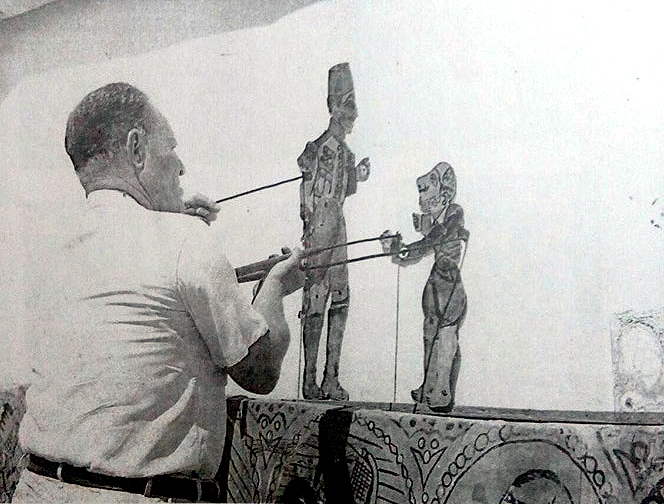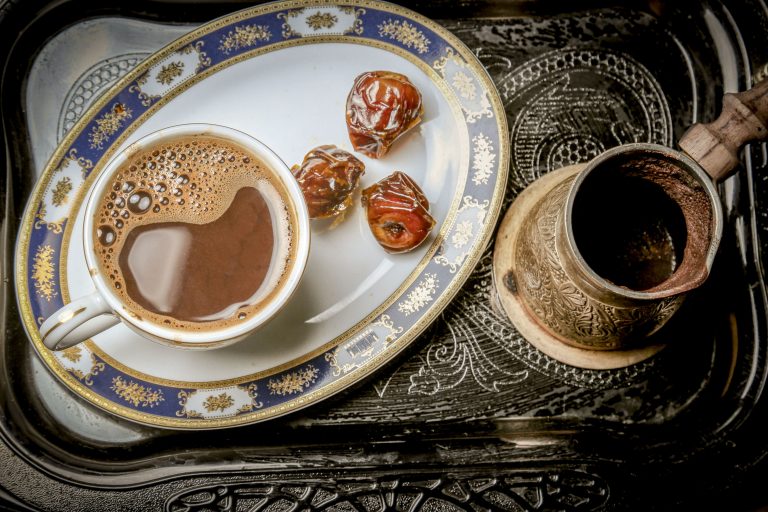Published with permission from LuxuryWeb Magazine
Shadow puppet theater is a beloved folkloric form of storytelling and entertainment that endures to this day, captivating audiences and performers alike in regions such as Greece, Turkey, Albania, Syria, Israel, Egypt, Iran, Iraq, China, India, Indonesia, Malaysia, Thailand, and Cambodia.
The Chinese tradition of shadow puppetry began during the Western Han Dynasty and has continued for over 2,000 years. In Indonesia, I witnessed a mesmerizing show in Bali with a pleated thin curtain backdrop and puppeteers visible at the bottom front.
One reason shadow puppet theater has thrived in the Mediterranean is its deep roots in the artistic traditions of the diverse cultures of the Ottoman Empire. While the stories performed vary greatly by region, the art form and presentation of shadow puppets have remained constant through the ages.

A recent event at the China Institute in New York City featured a shadow puppet performance, reminding me of the Greek shadow puppet plays I adored growing up in Athens after World War II. I was fortunate to live near a “theater” where two masters of Greek shadow theater, Antonis Mollas and his son Dimitris, performed.
Success
You are now signed up for our newsletter
Success
Check your email to complete sign up
I attended many performances, sometimes weekly, as the entrance fee was just the drachma equivalent of $1 per person. We sat on rickety chairs, munching on roasted salted sunflower and pumpkin seeds (pasatembos) or roasted chickpeas (stragalia).
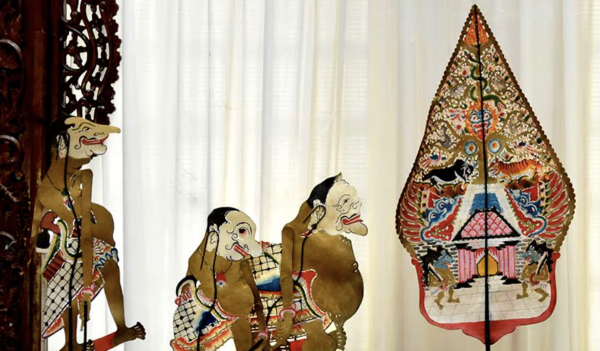
Puppeteers often worked from scenarios rather than finished scripts, allowing them to adapt the storylines according to the audience and current events.
Mediterranean shadow theater features performances, comic or dramatic, enacted by a master puppeteer and assistants who manipulate flat, articulated cut-out figures to tell stories through light and shadow, dialogue, and songs. Later, live music was added. The origin of Greek shadow puppetry traces back to the Turkish fable of Karagöz and Hacivad from the 14th century Bursa, near Istanbul.
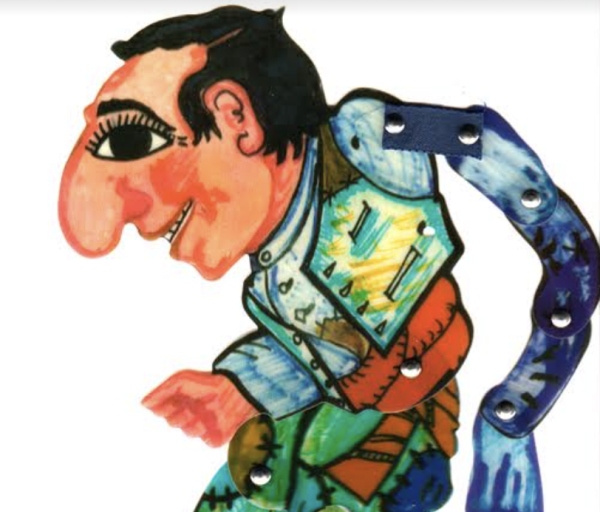
Karagiozis, a fictional character of Greek folklore based on a Turkish prototype, is a clever jester with both positive and antisocial traits. The name Karagiozis also became synonymous with the puppet show centered on this character. During the 400 years of Turkish occupation, shadow puppet theater became vital for Greeks to explore and maintain their culture. The Karagiozis performances, still beloved today, feature satirical commentary on social and political issues, understood by people of all ages and classes.
By the late 19th or early 20th century, Karagiozis was Hellenized by Dimitris Sardounis, known as “Mímaros,” a talented shadow puppet player in Patras, Greece.

Karagiozis is depicted as a clever trickster, a sly underdog, and a small-time crook; a scheming, impoverished individual whose main interests are obtaining a better life by any means possible, legal or illegal, and enjoying a good meal. This cunning character often manages to succeed despite, or even because of, his outrageous disregard for authority.
Socially, he is closer to Hadjiavatis than to any other character. Although they sometimes collaborate in “business,” Hadjiavatis frequently becomes a victim of Karagiozis’ tricks.
Numerous other characters populate the shows:
- Aglaia, Karagiozis’ nagging wife, usually heard but unseen.
- Hadjiavatis, Karagiozis’ childhood friend and sidekick, an honest figure who often ends up in Karagiozis’ schemes.
- Barba Giorgos, a hayseed from Rumeli who helps Karagiozis despite his crooked ways.
- Sior Dionysios, a man from Zakynthos pretending to be of noble stock.
- Morfonios, the vain “Handsome Young One,” ugly but self-assured.
- The Vizier (or Pasha), an Ottoman occupier central to the stories.
- Peponas, a fat Turkish official.
- Veligekas, an Albanian guard always at odds with Karagiozis.
- Fatma, the Pasha’s daughter, who causes trouble for good or mischief.
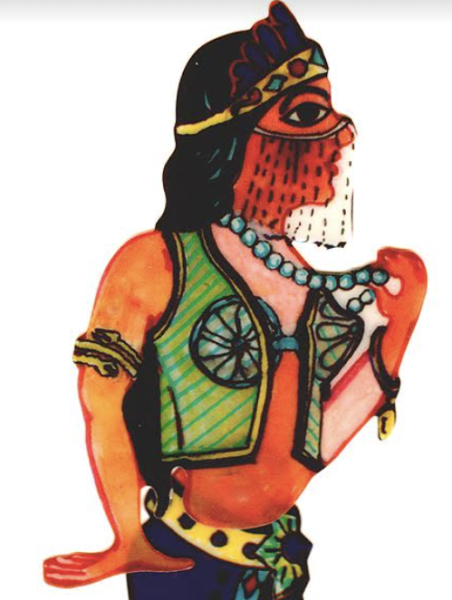
The shows typically use a horizontal stage with a white sheet backdrop called berdes. Puppeteers, supposed to be invisible, backlight the figures with candles or electric lights, making the silhouettes and colors visible through the thin cloth. Puppets, originally made from cardboard and cellophane, are now often plastic.
Mediterranean puppets are side profiles with movable arms, while Asian puppets often offer full frontal views. The action takes place between Karagiozis’ shack and the Vizier’s palace.
Visit LuxuryWeb Magazine to see the original article and more.



